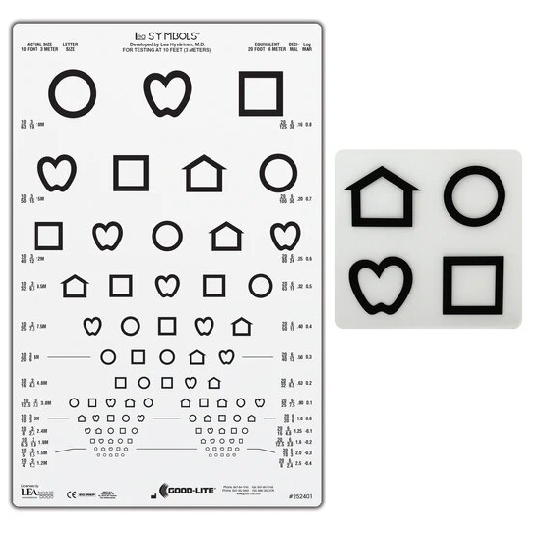Unveiling the Enigmatic World of Lea Symbols A Visual Communication Marvel
In this digital age, communication has transcended traditional boundaries and ventured into the realm of visual symbolism. Lea Symbols, a fascinating part of this visual language, have taken center stage in various fields, from ophthalmology to education. These simple yet powerful symbols hold the key to conveying complex messages. Join us as we unravel the enigmatic world of Lea Symbols, exploring their origin, significance, and diverse applications.
The Genesis of Lea Symbols
Lea Symbols owe their existence to the visionary mind of Dr. Edmund Landolt, an ophthalmologist in the late 19th century. Recognizing the need for a standardized eye chart, he conceived these symbols as an alternative to the commonly used letters.
The Simplicity of Design
One of the remarkable features of Lea Symbols is their simplicity. Dr. Landolt deliberately crafted these symbols to be easy to recognize, even for individuals with limited language skills. This simplicity makes them an invaluable tool in various settings.
Navigating the Symbol Set
The core of the Lea Symbols system is a set of optotypes – individual symbols that represent letters, numbers, or shapes. Let’s delve into the different categories.
Letters
Lea Symbols encompass the entire alphabet, ensuring comprehensive vision testing without linguistic barriers.
Numbers
In addition to letters, Lea Symbols include numbers, facilitating precise assessment of numerical visual acuity.
Shapes
Beyond letters and numbers, various geometric shapes are part of the symbol repertoire, enabling versatile applications.
Lea Symbols in Ophthalmology
Vision Screening
In the field of ophthalmology, Lea Symbols play a pivotal role in assessing visual acuity, especially in pediatric patients who may not be able to read letters.

Early Detection
Their effectiveness in detecting vision problems early in life has made Lea Symbols an indispensable tool for ensuring healthy eyesight development in children.
Educational Applications
Learning Readiness
Lea Symbols transcend language barriers, making them ideal for assessing a child’s readiness for school, regardless of their linguistic background.
Special Education
In special education, these symbols aid educators in evaluating the visual abilities of students with diverse needs.
Beyond Medicine and Education
Lea Symbols extend their influence into unexpected domains.
International Literacy Programs
These symbols have found their way into international literacy programs, enabling standardized visual testing worldwide.
Art and Design
In the creative world, Lea Symbols inspire artists and designers, serving as a source of abstract visual inspiration.
Conclusion
In a world brimming with words, Lea Symbols stand as a testament to the power of visual communication. Dr. Edmund Landolt’s visionary creation has left an indelible mark on ophthalmology, education, and beyond. Their simplicity and universality continue to break down barriers, ensuring that no one is left in the dark when it comes to assessing and communicating through symbols.

